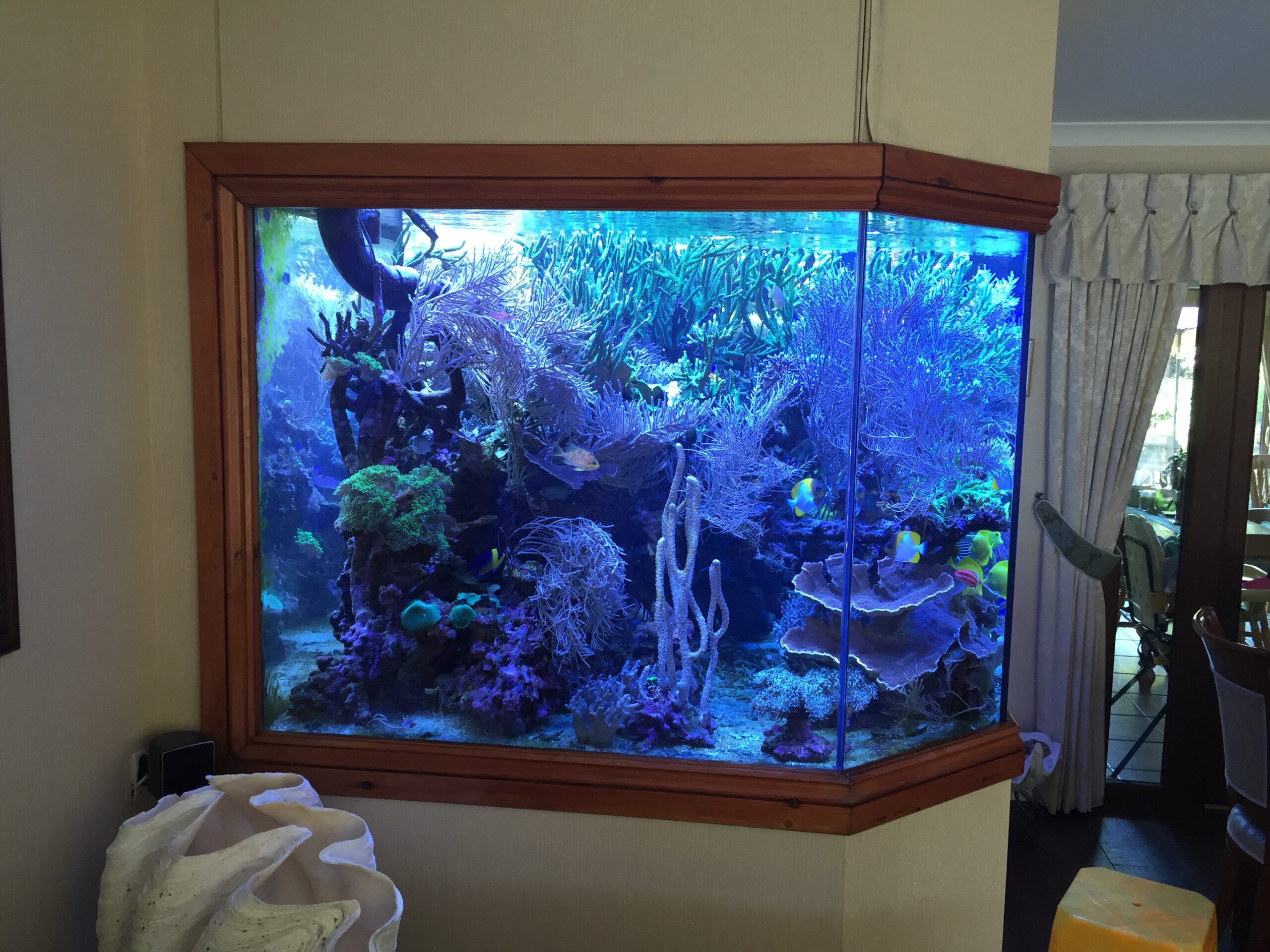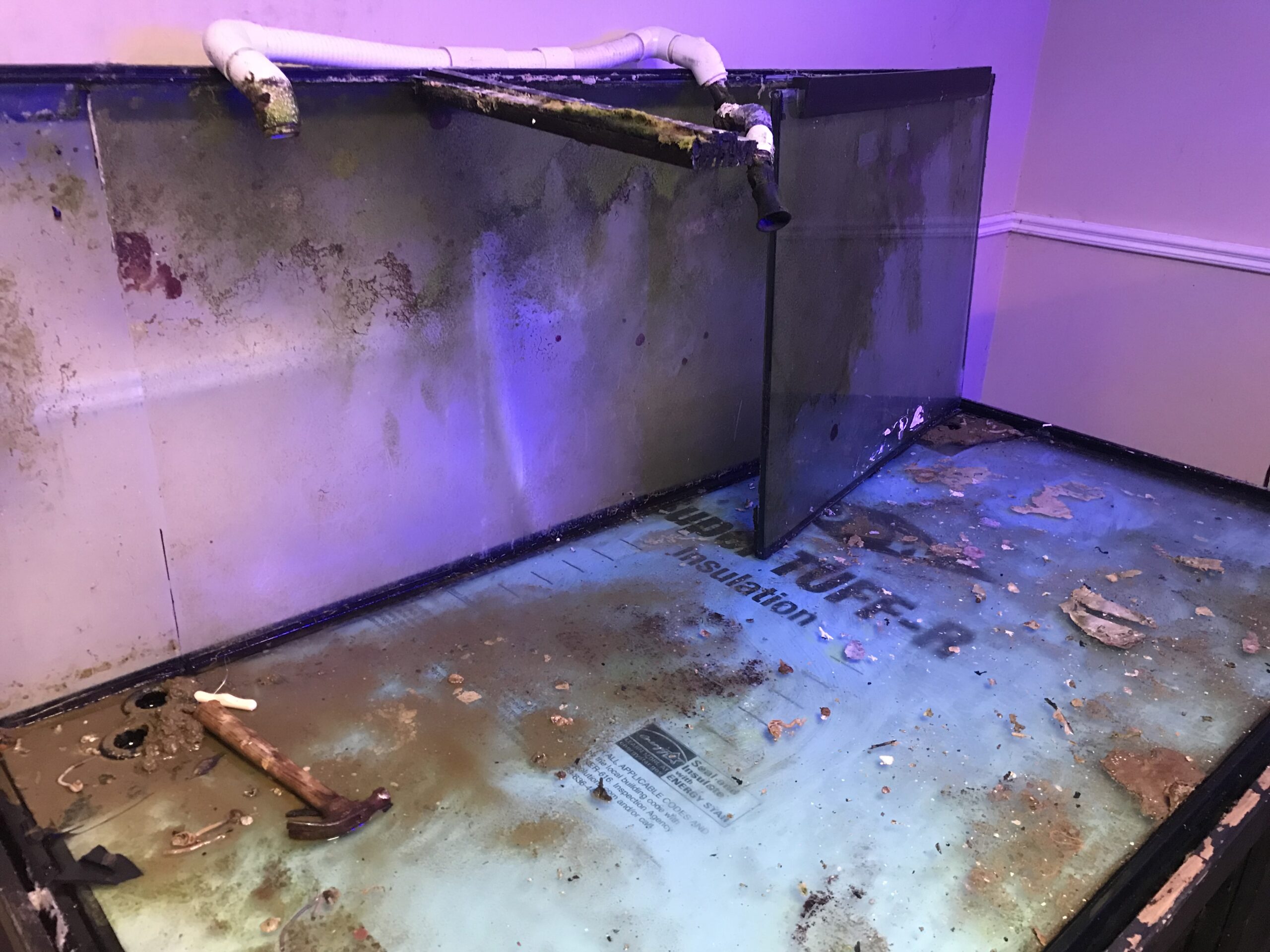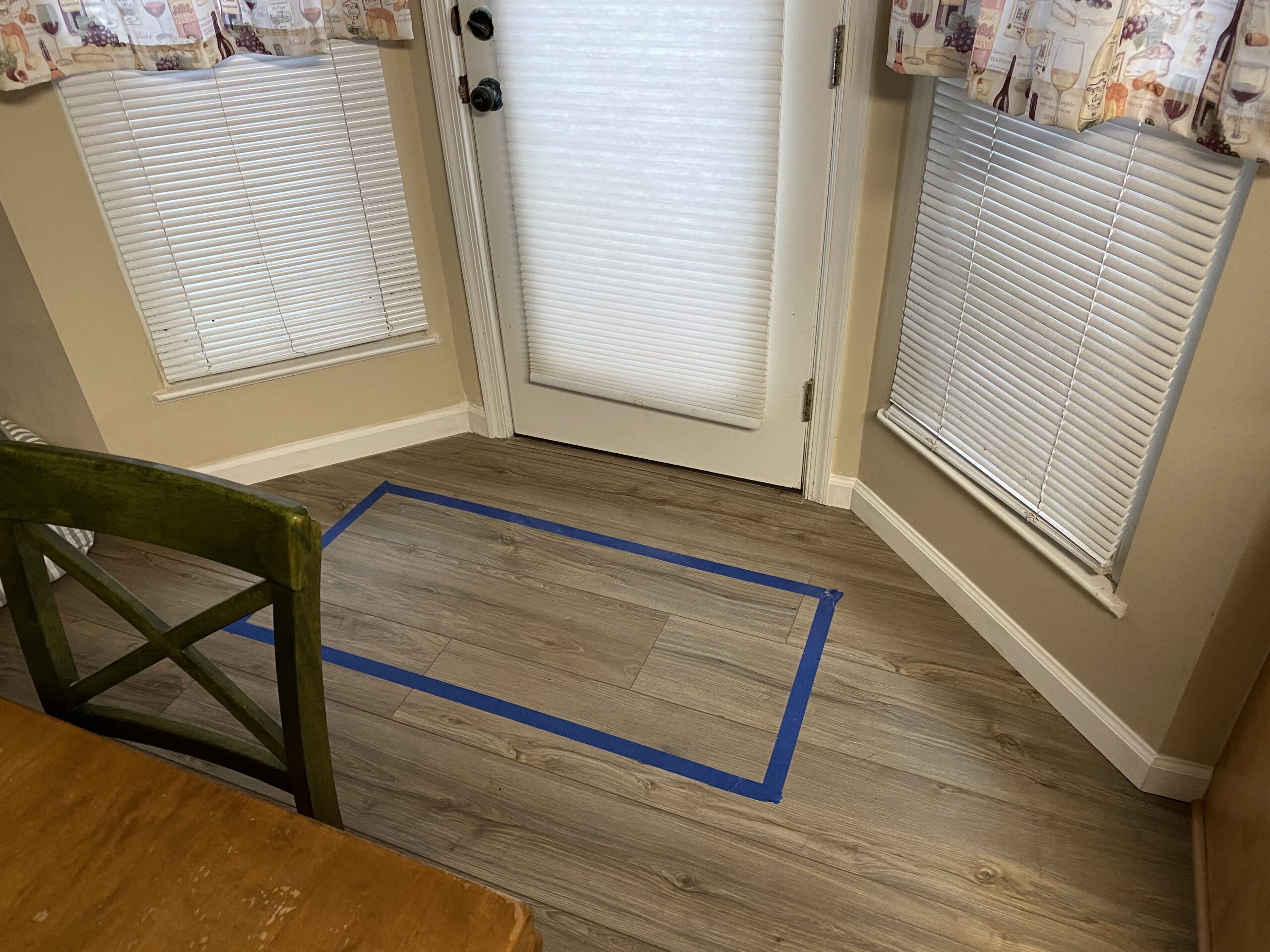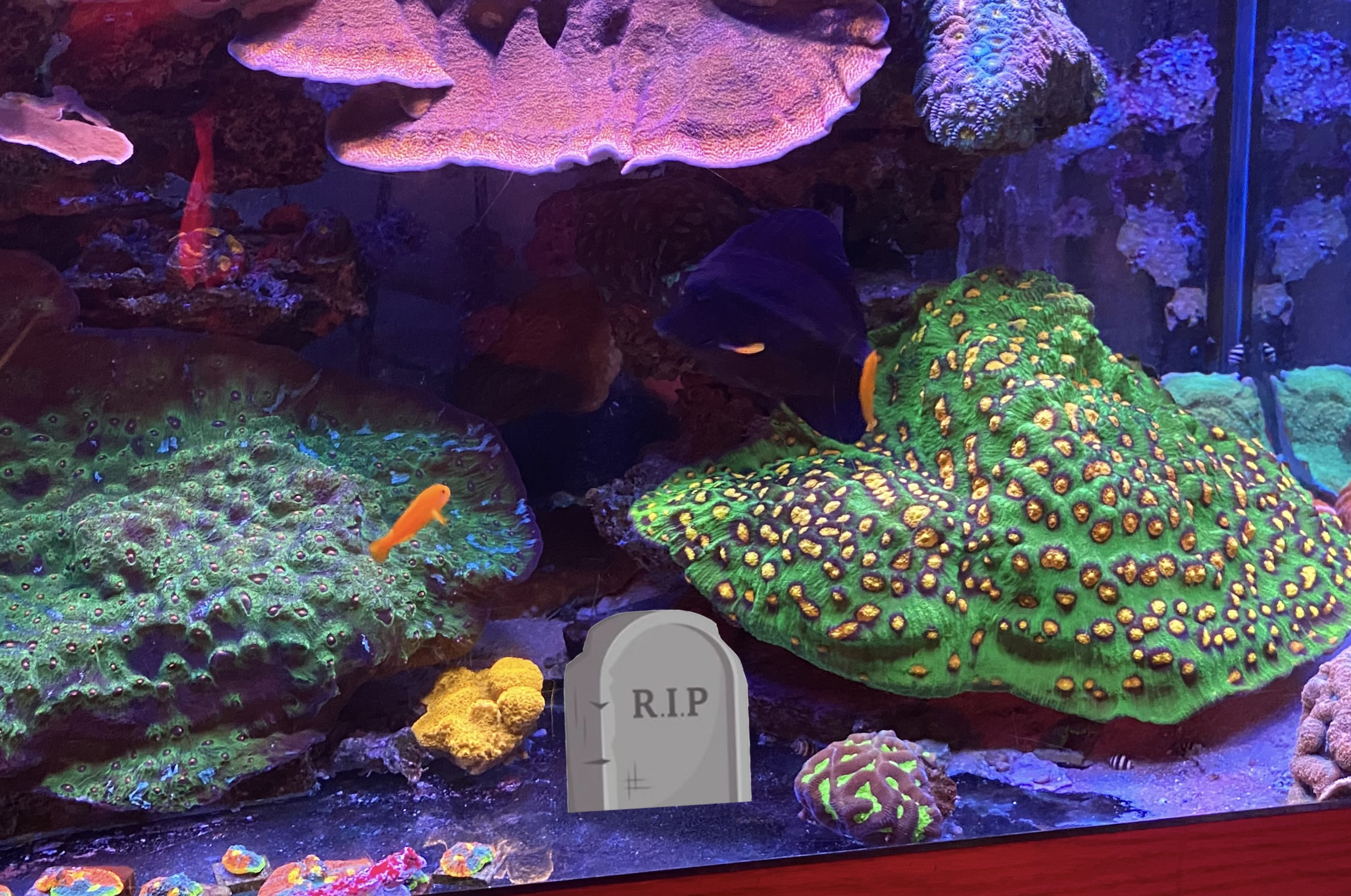Everyone has heard the cliché that the only things you can count on are death and taxes. Since we have just gotten through tax season, I thought it might be a good time to talk about something that no one likes to talk about: What to do at the end.
Most of us do not like to think about it, let alone discuss it, but it happens to all of us eventually. The end could mean a lot of things as it relates to this hobby. It could mean the end of keeping a tank because we have gotten too old to manage it. Or it could be the end due to moving or having achieved all that we wanted in the hobby. Those are both usually manageable and planned. What isn’t often planned for or at least planned for enough is the end end. That is when we go to the great bubbling treasure chest in the sky.

Sadly, as I have gotten over 60 and having lost a lot of family members recently, looking at this eventuality is now something I have thought about planning for to some degree. I have also spoken to my friends in the hobby who are around my age and for the most part they have not really thought about this at all. For these reasons, I thought it might be something of interest at least to the other OG reefers out there. But fear not young reefers the bell will toll for you down the line as well.
I also thought that this might be an interesting topic is that I have also had several younger reef friends pass in the past few years as well and it made me realize that whether you are young or old not being here is not really something most of us plan for at all. This really hit home when on several occasions I have now been called to manage, take control of, sell, dismantle, etc, tanks for people who made no plans for if they weren’t here. Needless to say this was not something I enjoyed doing, as I never enjoy taking down a tank, but doing it under these circumstances was even worse. Adding further to the stress was that I barely knew a couple of the spouses, from this I learned that it is really uncomfortable to be in this situation.

Since I am big on planning especially when setting up a tank, I have put what I learned doing that into helping others plan for what to do at this end. Some may say well just tear it down and throw everything out, and I actually have had a spouse suggest that. But I could not do that as it would have been extremely unfair to the animals, it would have been unfair to the owner who took a lot of pride in their tank and it would have been financially stupid. I know we joke that one of our worries is that our spouse will someday find out what we spent on our tanks. Knowing that some tanks and their inhabitants could be worth thousands of dollars, managing this financial aspect of a tank is also important. Most of us want to leave our spouses off as well as possible, so liquidating a tank, no pun intended, is also an important consideration when making these plans.
So how do you plan for the inevitable? First, accept that it will happen, stay calm as it probably won’t happen today or tomorrow, and think about what would happen if you were gone. Who would your spouse call? What would happen to the tank if you were gone a day, a week, or a month? Who are your good friends in the hobby that you trust? These are the first things to think about. Once you think of these things the next step is to write everything down and organize it so that if someone who knows nothing about a reef tank reads it they will be able to keep things stable until the tank is broken down.
First on my list is a list of contacts of who should be called to manage the tank short term. This may be a neighbor or a tank sitter or just someone who has some familiarity with reef tanks. This may ultimately be the person who helps take the tank down and sells everything off or gives it away, but you need to have someone lined up who can manage the short run. For the short run, the first day or week, you should also have a set of instructions somewhere that outline everything that needs to be done during that period. Nothing fancy, you aren’t expecting someone unfamiliar to be doing water changes.

But you need to outline how and when the tank is fed, how to fill and control the makeup water from evaporation, how and when to turn things on or off, if it’s not on timers etc. This list should be short and very simple. This list is also a good idea if hospitalization is required before things go completely sideways. During this time things are often crazy and the time your spouse has to do things may be minimal, so again it is good to plan for such possibilities. The last thing you want to do is be gone and leave your spouse a tank that dies immediately and adds to things by leaving a stinky mess.
Another thing that should be included in the list is how and what to do with all of the equipment that is managing the tank. Much of what we use now is fairly straightforward and somewhat manages itself, but it still needs to be managed and how this is done should be explained. And if you have a lot of equipment and a lot of technology it can be overwhelming for anyone not familiar with it. So, when working on the list try to make the explanations of everything as simple and direct as possible.

After this initial phase when shock is still present a plan should be in place for what should be done with the tank(s). Again, it is a good idea to have a list of people who would be good at managing this aspect of taking down the tank. You want someone that you trust and who is knowledgeable enough to be able to move the livestock and either give it away or sell it depending on your wishes. In this instance, it may be a shop owner, someone who works in a shop, or is in the local marine society. If you want, you could even make up a list of what is in the tank and what its value is.
You should understand that in this situation if things are to be sold their value will be less, often significantly less, than what you paid. But when kept alive and sold they still could add significantly to your estate. As with everything, this should all be done so that the involvement of lawyers is kept to a minimum. I have been asked in a couple of situations to give a value for a tank, both as part of an estate and in divorce proceedings. Needless to say, no one was happy with the amounts I came up with. So in order to keep others from having to go through this list as much as you can and what it might be worth, give it low estimates. While the livestock is usually worth something, most used equipment is not worth much. For this reason, it should also be listed, but listed with the understanding that at best, most of it is worth pennies on the dollar used.

While most used equipment has little value, used tanks have even less and they have the additional problem of having to be removed and if they are built into the walls, the entire structure often needs to be redone. Again, this should be planned for in some regard. When big tanks need to be removed this will usually require a company with expertise in moving large heavy objects to be employed. When I had to remove my old 300-gallon tank, I found that there were very few companies willing to not only remove the tank but then also dispose of hundreds of pounds of glass and wood. So, finding a company that will do this may take some time, but if you can add this to your list, it will help your spouse out immeasurably.
Planning a tank is critical for its long-term success, and planning for what happens when we are gone is an often overlooked aspect of this. No one wants to talk about this, but having been involved in this situation more than I would have liked has led me to understand that for those left behind it is significantly better when it is planned for. If I could I would have a reef tank buried with me, but I have already been told that that is not going to happen. Since I have accepted this, I now have made plans for what will happen when I no longer can enjoy my tanks in order to make things easier for everyone left to maintain them. This is something every serious hobbyist should also do.



